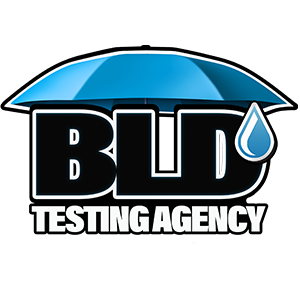Window Rain Leak Testing in Los Angeles
With so many window manufacturers, materials and installation types, it's extremely difficult for most contractors to know how to properly perform water intrusion tests to effectively locate rain leaks. I'll take it a step further and add that many contractors who are not water intrusion experts still think that a water hose is the best way to replicate rainfall. When is the last time you saw rainfall in the same volume and pressure that a water hose can? Probably never.
Spray Rack With Interior Pressure to Find Rain Leaks in Windows
That's because a water hose produces water pressures that no normal rainfall in Los Angeles can produce. The force of a water house is too great of a pressure that should never be applied to a wall, a window or door to see if it leaks. There are far better options available to the professional testing agency to procure leaks in these systems.
The use of a water hose is absolutely not the appropriate method in locating water intrusion leaks here in Los Angeles and abroad. In fact, there are only a few methods acceptable and used to locate water intrusion leaks, and only a professional can administer these tests using this equipment.
A spray rack is essentially a large 8' x 8' square which has multiple water nozzles placed within these bars. The water pressure applied while using this rack is close to what would be considered typical rainfall. If pressure is needed to simulate wind, then a chamber is constructed on the inside of the window, wall or door system with plastic and a vacuum is used to pull pressure across the specimen.
Window Rain Leak Testing in Los Angeles: What You Need to Know.
Testing for window rain leaks in Los Angeles involves examining windows for potential points of entry, simulating rain conditions with very special equipment, and observing any water ingress. Professionals often use methods like spray rack or hand wand testing or simulated pressurized rain chambers to assess a window’s integrity against water penetration. Only professional testing agencies and professional consultants offer these services in the LA area.
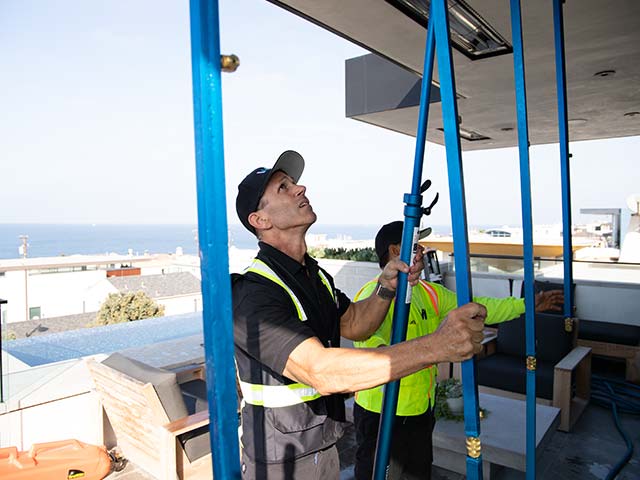
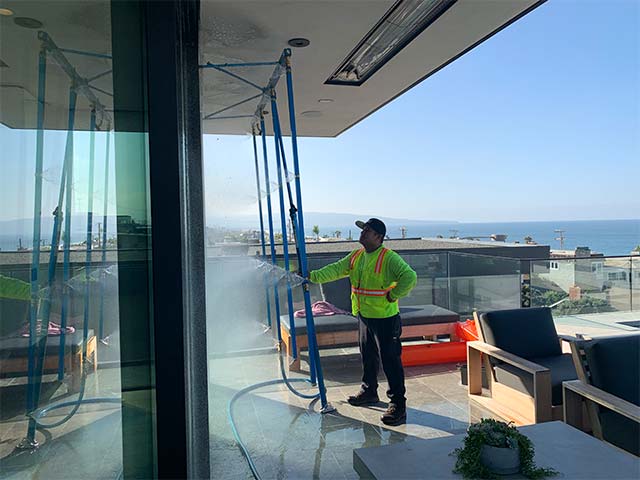
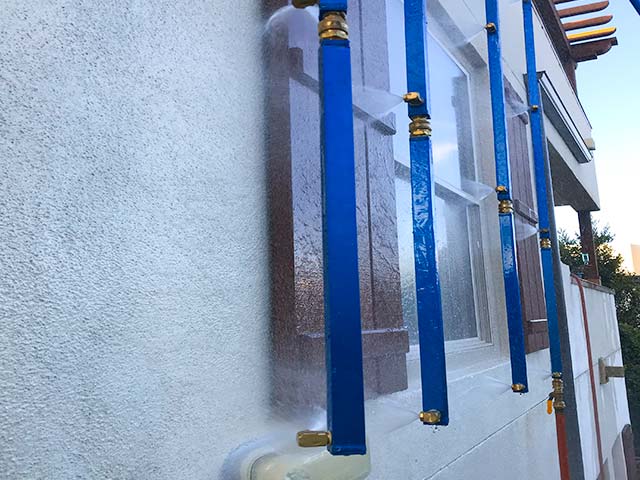
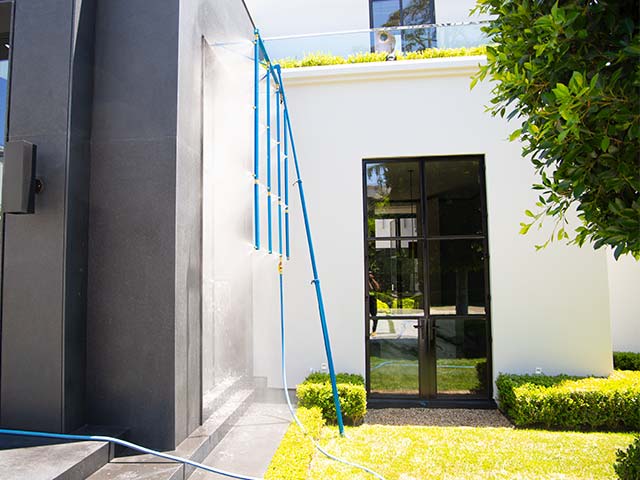
A homeowners Comprehensive Guide to Window Moisture Intrusion Issues Here in LA
Most homeowners here in Los Angeles have no idea what investigating for leaks entails. A professional water intrusion expert here in Los Angeles possess the tools needed to isolate and locate most all types of rain leaks. We use special tools that the public generally wont have access to. Here is a guide you ca use to help you through the process of looking for your own rain leaks within your hose.
- Identifying Signs: Look for water stains, peeling paint, mold growth, or condensation around windows. These indicate potential moisture intrusion.
- Exterior Inspection: Check the window frame, caulking, and seals for gaps, cracks, or deterioration. Pay attention to the flashing, which helps redirect water away from the window.
- Interior Inspection: Look for moisture, stains, or rot on the interior walls or window sills. Check for drafts or unusual odors, which could signal hidden moisture.
- Testing Methods: Employ spray rack testing or simulated rain chambers to replicate real rain conditions and identify leaks or weak points.
- Repair and Maintenance: Seal any gaps or cracks with appropriate caulking or weather-stripping. Replace damaged seals or flashing. Ensure proper drainage systems are in place.
- Professional Help: Consider hiring a professional inspector or contractor experienced in moisture intrusion detection and repair for a thorough assessment.
- Preventive Measures: Regularly inspect and maintain windows, especially before rainy seasons. Ensure proper ventilation in the home to reduce condensation.
- Replacement Consideration: If damage is extensive or windows are old and inefficient, consider replacing them with newer, more weather-resistant models.

Available Methods for Testing Window Rain Leakage
AAMA 501.2 hand-held spray wand test
Spray Rack Testing
Pressurized Chamber Testing
Thermography water intrusion testing
Thermography is the use of a camera that allows the testing agent to view indications of moisture within wall surfaces and ceiling surfaces without having to remove wall covering. Here in Los Angeles, water leaks in residential homes and commercial buildings are extremely common, so the immediate access to indications and signs of water within wall surfaces is critical and the use of thermography is the way to achieve this.
Field moisture intrusion Testing
Rain Leak Testing | ASTM E1105, AAMA 501.2 Testing In Los Angeles, California | Phoenix, Arizona | Las Vegas Nevada
